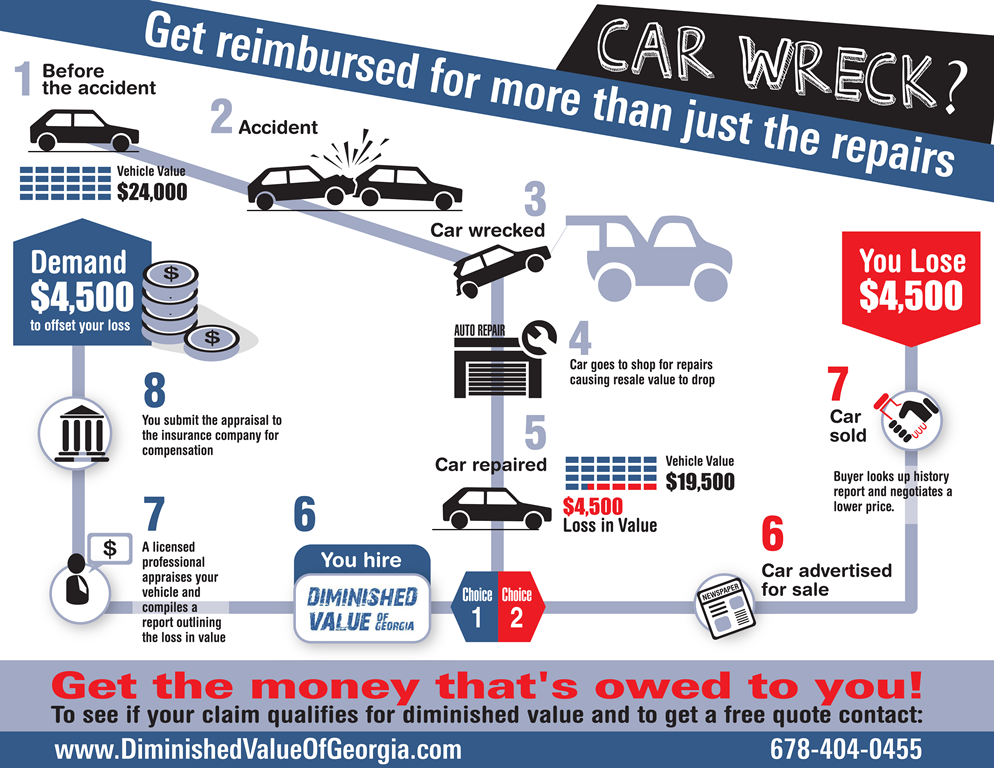Translating Your Vehicle'S Warning Indicators: What They Really Represent
Translating Your Vehicle'S Warning Indicators: What They Really Represent
Blog Article
Web Content Author-Faulkner Forbes
When you're behind the wheel, those beautiful caution lights on your control panel can be a little bit difficult. Do you recognize what they're trying to inform you about your auto's health and wellness? Recognizing the significance of these lights is vital for your safety and the durability of your vehicle. So, the next time one of those lights appears, wouldn't you wish to understand its message properly and take the essential steps to resolve it?
Common Warning Lighting and Interpretations
Recognize usual warning lights in your automobile and understand their meanings to guarantee secure driving.
One of the most typical warning lights include the check engine light, which signals issues with the engine or exhausts system. If this light comes on, it's important to have your automobile checked immediately.
The oil pressure advising light indicates reduced oil pressure, calling for prompt interest to stop engine damages.
A blinking battery light may suggest a malfunctioning billing system, potentially leaving you stranded if not addressed.
Source Webpage (TPMS) light signals you to reduced tire pressure, affecting car security and gas efficiency. Overlooking this could lead to harmful driving problems.
The abdominal light shows a trouble with the anti-lock stopping system, compromising your capacity to stop rapidly in emergency situations.
Finally, the coolant temperature level cautioning light warns of engine overheating, which can lead to serious damages otherwise resolved promptly.
Recognizing hand car wash will certainly assist you address concerns without delay and maintain risk-free driving conditions.
Value of Prompt Focus
Understanding the typical caution lights in your car is just the initial step; the importance of immediately addressing these warnings can't be stressed sufficient to guarantee your safety and security on the road.
When a warning light illuminates on your dashboard, it's your auto's method of communicating a possible issue that requires attention. Disregarding these warnings can bring about more extreme issues in the future, jeopardizing your safety and security and potentially costing you much more in repairs.
Trigger attention to warning lights can prevent malfunctions and crashes. As an example, a flashing check engine light might suggest a misfire that, if left ignored, could trigger damages to the catalytic converter. Resolving this quickly can save you from an expensive repair.
In a similar way, a brake system warning light may indicate reduced brake liquid or worn brake pads, important elements for your safety and security when driving.
Do It Yourself Troubleshooting Tips
If you notice a warning light on your control panel, there are a few do it yourself fixing tips you can attempt before seeking professional help.
The first step is to consult your auto's handbook to recognize what the details caution light suggests. Occasionally the issue can be as straightforward as a loose gas cap triggering the check engine light. Tightening up the gas cap might deal with the issue.
One more usual issue is a reduced battery, which can set off different warning lights. Examining the battery connections for corrosion and ensuring they're safe and secure may repair the problem.
If a caution light persists, you can try resetting it by separating the cars and truck's battery for a couple of minutes and after that reconnecting it. In addition, checking your automobile's fluid degrees, such as oil, coolant, and brake liquid, can help troubleshoot alerting lights associated with these systems.
Conclusion
In conclusion, recognizing your automobile's caution lights is crucial for keeping your vehicle running efficiently and safely. By quickly resolving these notifies and knowing what they suggest, you can prevent expensive repair work and prospective breakdowns.
Keep in car cleaning auckland to consult your automobile's guidebook for certain information on each alerting light and do something about it accordingly to make sure a hassle-free driving experience.
Stay educated, stay safe on the road!
